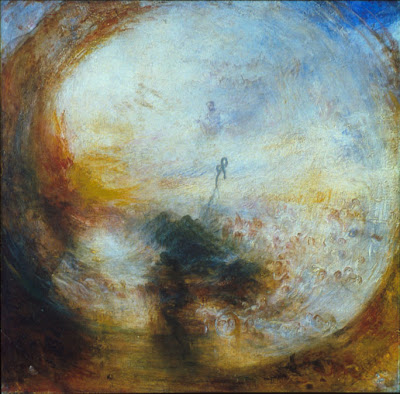 The method was simple. Draw a simple outside shape first and keep that shape in mind as you subdivide the big shape into smaller details and shading. The shape is made of straight lines that enclose the form in a kind of envelope.
The method was simple. Draw a simple outside shape first and keep that shape in mind as you subdivide the big shape into smaller details and shading. The shape is made of straight lines that enclose the form in a kind of envelope. Although Drawing Made Easy was intended for children, the method is virtually identical to the way drawing was taught a hundred and fifty years ago in the French Academy. Charles Bargue’s drawing course (below) uses the same basic idea.
Although Drawing Made Easy was intended for children, the method is virtually identical to the way drawing was taught a hundred and fifty years ago in the French Academy. Charles Bargue’s drawing course (below) uses the same basic idea. When I was still in grade school I ran across another book called The Natural Way to Draw, by Kimon Nicolaides. I was attracted to this book because it offered a serious regimen for teaching yourself drawing. And it introduced two simple-to-understand but contrasting methods: contour drawing and gesture drawing.
When I was still in grade school I ran across another book called The Natural Way to Draw, by Kimon Nicolaides. I was attracted to this book because it offered a serious regimen for teaching yourself drawing. And it introduced two simple-to-understand but contrasting methods: contour drawing and gesture drawing.I diligently tried both of the methods that Nicolaides recommended. But I wasn’t happy with the results. My contour drawings came out terribly because by moving my eye like an ant on one small part of the pose, I lost track of the whole. My gesture drawings came out too unfocused and sloppy. Maybe I was doing something wrong. But my feeling was that this was the unnatural way to draw.
Although I couldn’t have articulated this when I was eight years old, I had a sense that the contour drawing idea was unhelpful because drawing is more a process of interpolation than extrapolation, of subdivision rather than extension. To put it another way, drawing is a hierarchy of successive approximations from large shapes to small shapes.
In the first steps of making a drawing, broad estimations of length and slope and shape give way to progressively smaller estimations. Those smaller measurements are always made with the original large view in mind. Turning that method on its head may give a momentary experience of an artist’s way of seeing, but, for me at least, it didn’t lead to good drawings.
And gesture drawing was not useful for me because drawing is neither all loose nor all tight. Drawing blends freedom and control at every stage.
I think I would have loved Betty Edwards’ book Drawing on the Right Side of the Brain if it had been available when I was in elementary and junior high school. She successfully reintroduces some of Nicolaides’ methods (and many other ideas) by interpreting the experience of drawing from the standpoint of modern cognitive science.
There’s no single way to draw, and no single way to teach drawing. But a lot of art teachers in the 1950s and 60s threw out the common-sense method of books like Drawing Made Easy in favor of other methods that were supposed to enhance expression. The big-shape analysis offered by Drawing Made Easy may not make drawing easier, but it yields results, both for imaginative and observational drawing.
Maybe our friends over at Dover Publications will consider bringing D.M.E. back into print.
-------------
Note: There's a current book series called Drawing Made Easy: Discover Your Inner Artist that has nothing to do with the original book from almost a ninety years ago.
E.G. Lutz also wrote about about animation that influenced Walt Disney, link.
Drawing on the Right Side of the Brain website, link.
Charles Bargue illustration courtesy the blog Learning to See, which has a nice post about his method, link.
ADDENDUM: Blog reader Patty has shared this link to an online book called "Practical Drawing" by E.G. Lutz which shows his methods presented to adult readers, link. Thanks, Patty!













_the_Morning_after_the_Deluge.jpg)
































